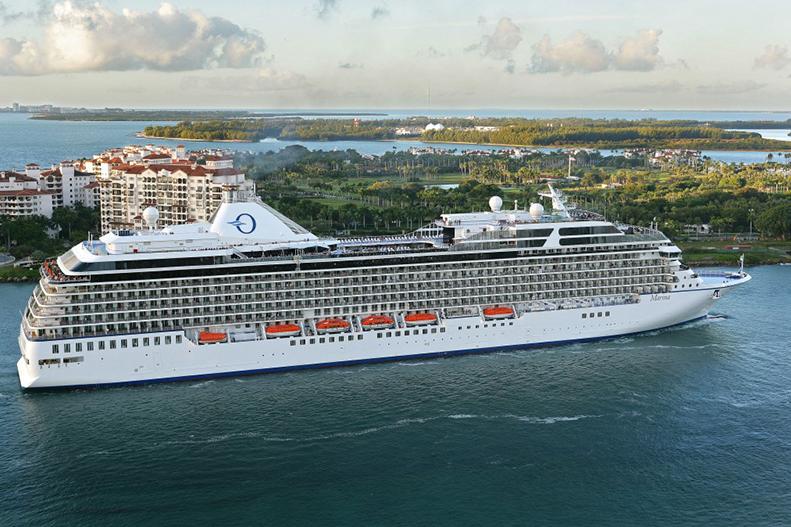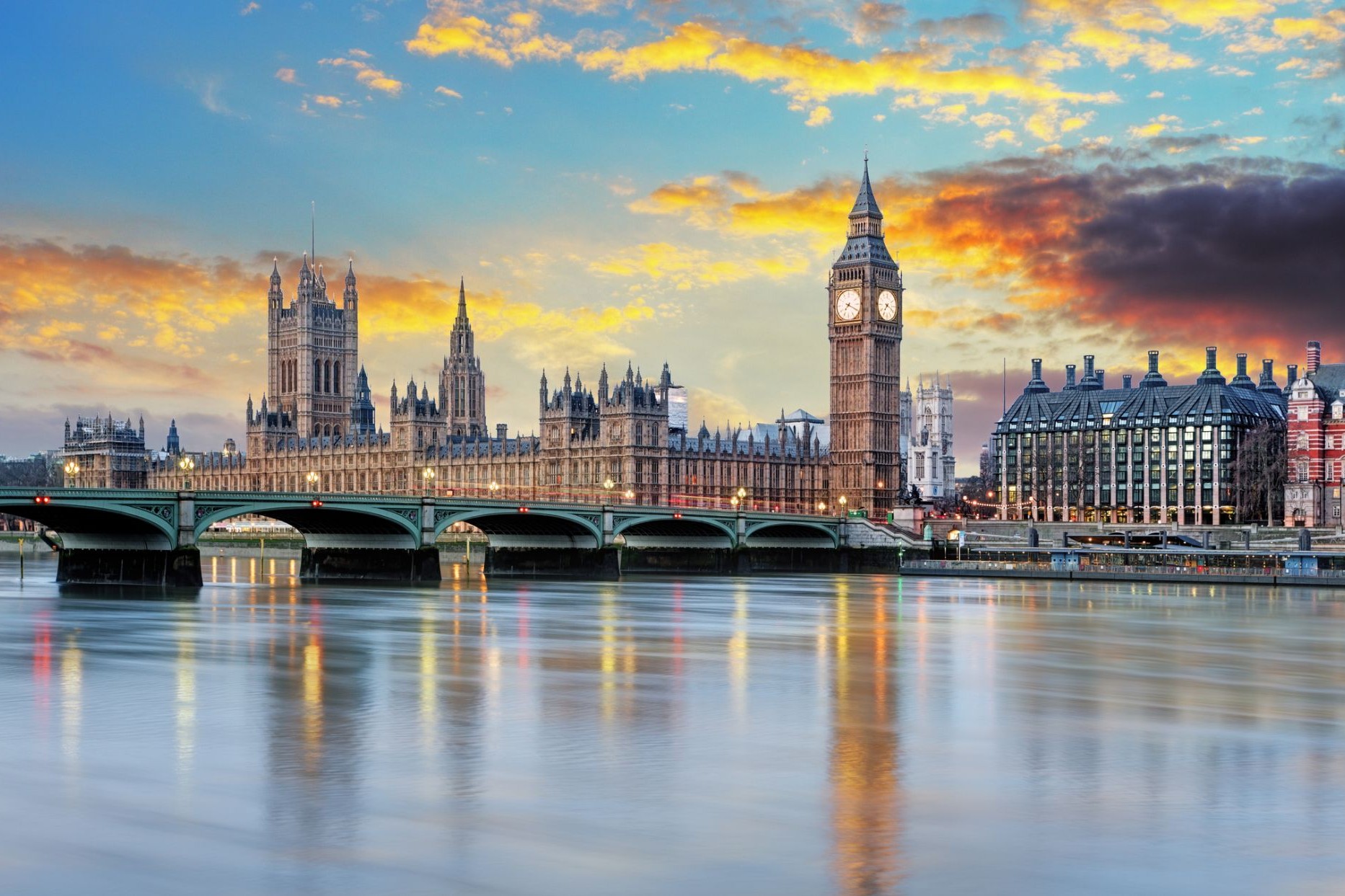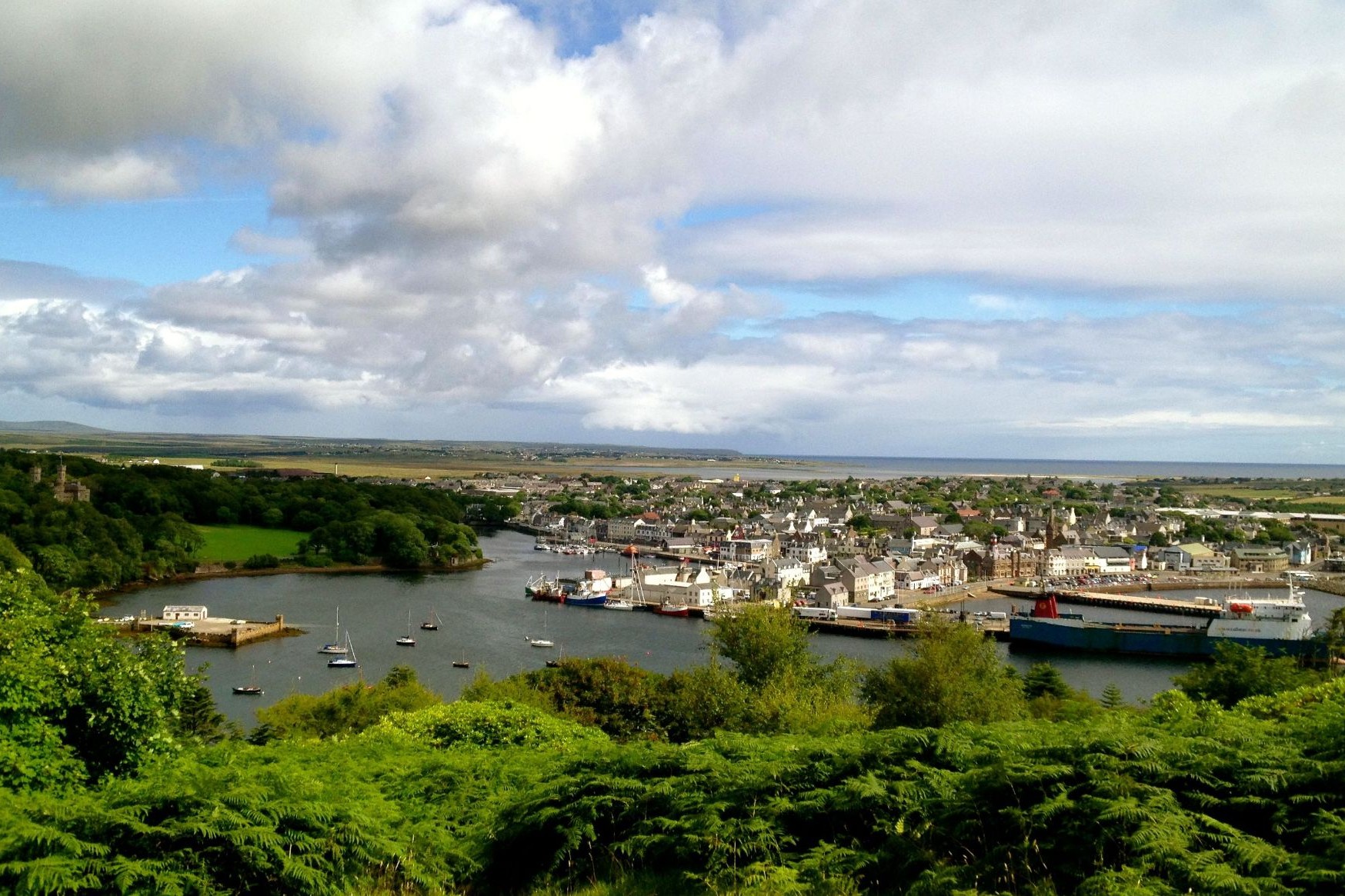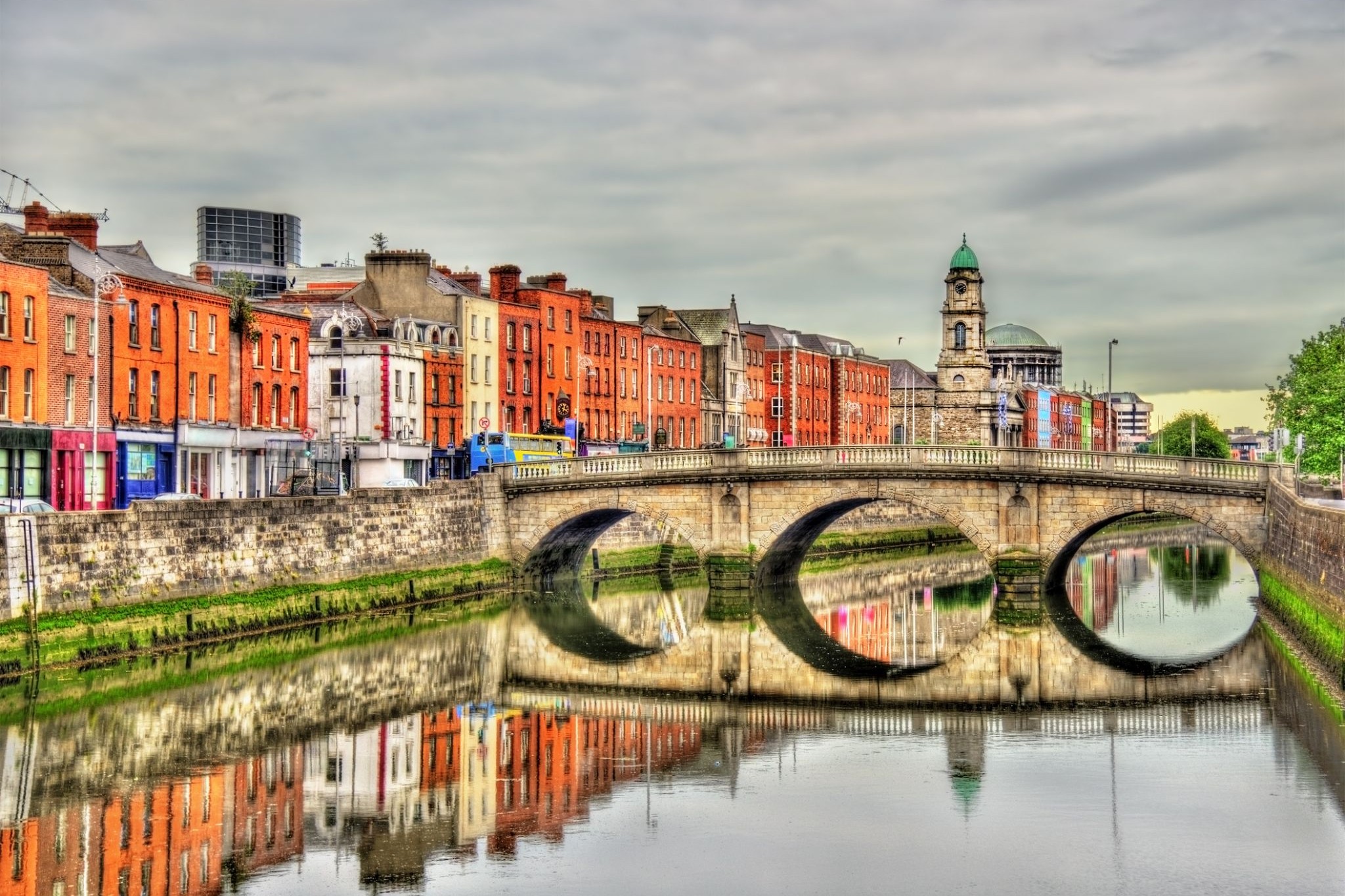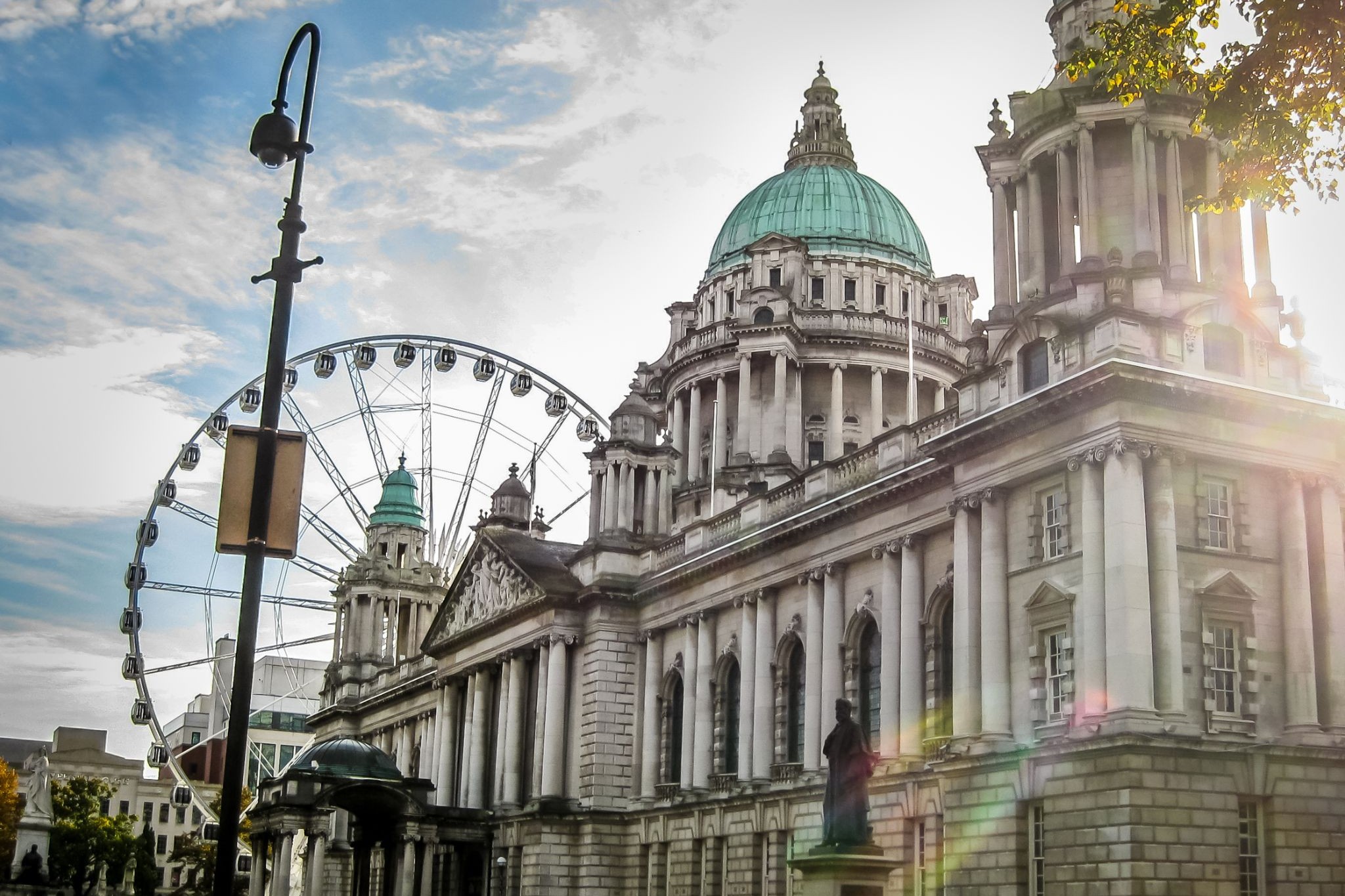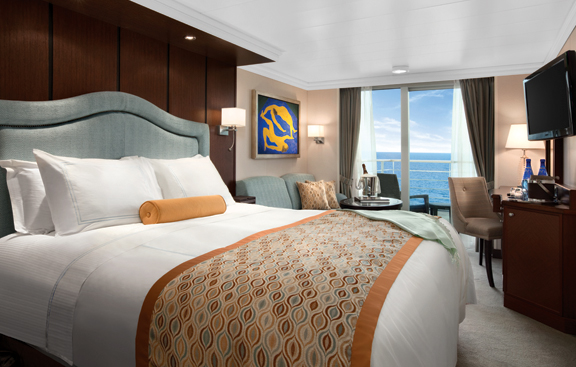
Rejs 30 941 205
Bukoliczne Wyspy Brytyjskie
| Region rejsu : Europa |
| Firma : Oceania Cruises |
| Statek : Marina |
| Data rozpoczęcia : niedz. 24 sie 2025 |
| Data zakończenia : śr. 03 wrz 2025 |
| Liczba nocy : 10 nocy |
Harmonogram
| Dzień | Data | Port | Wypłynięcie | Odpłynięcie |
|---|---|---|---|---|
| 1 | 24.08 niedz. | Londyn / Wielka Brytania | 06:00 | 21:00 |
| 2 | 25.08 pon. | Dzień na morzu / Morze | ||
| 3 | 26.08 wt. | Edynburg / Wielka Brytania | 08:00 | 19:00 |
| 4 | 27.08 śr. | Kirkwall / Wielka Brytania | 10:00 | 19:00 |
| 5 | 28.08 czw. | Stornoway / Wielka Brytania | 07:00 | 15:00 |
| 6 | 29.08 pt. | Dublin / Irlandia | 10:00 | 20:00 |
| 7 | 30.08 sob. | Belfast / Wielka Brytania | 06:15 | 20:00 |
| 8 | 31.08 niedz. | Liverpool | 07:00 | 17:00 |
| 9 | 1.09 pon. | Cork / Irlandia | 09:00 | 17:00 |
| 10 | 2.09 wt. | Torbay | 09:00 | 19:00 |
| 11 | 3.09 śr. | Londyn / Wielka Brytania | 07:00 | 18:00 |
-
 Dzień 1: 06:00-21:00
Dzień 1: 06:00-21:00Londyn / Wielka Brytania
-
 Dzień 2:
Dzień 2:Dzień na morzu / Morze
-
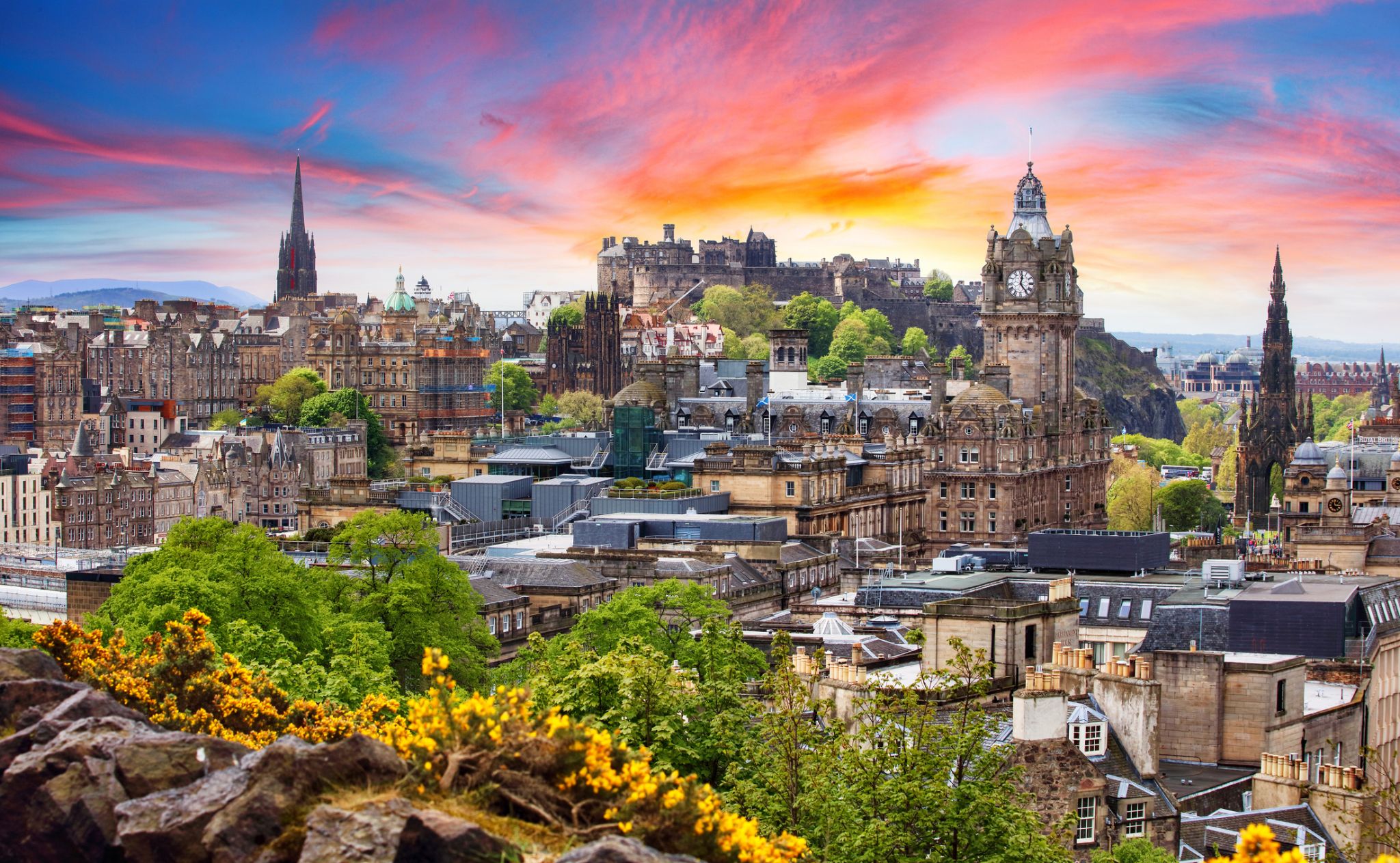 Dzień 3: 08:00-19:00
Dzień 3: 08:00-19:00Edynburg / Wielka Brytania
-
 Dzień 4: 10:00-19:00
Dzień 4: 10:00-19:00Kirkwall / Wielka Brytania
-
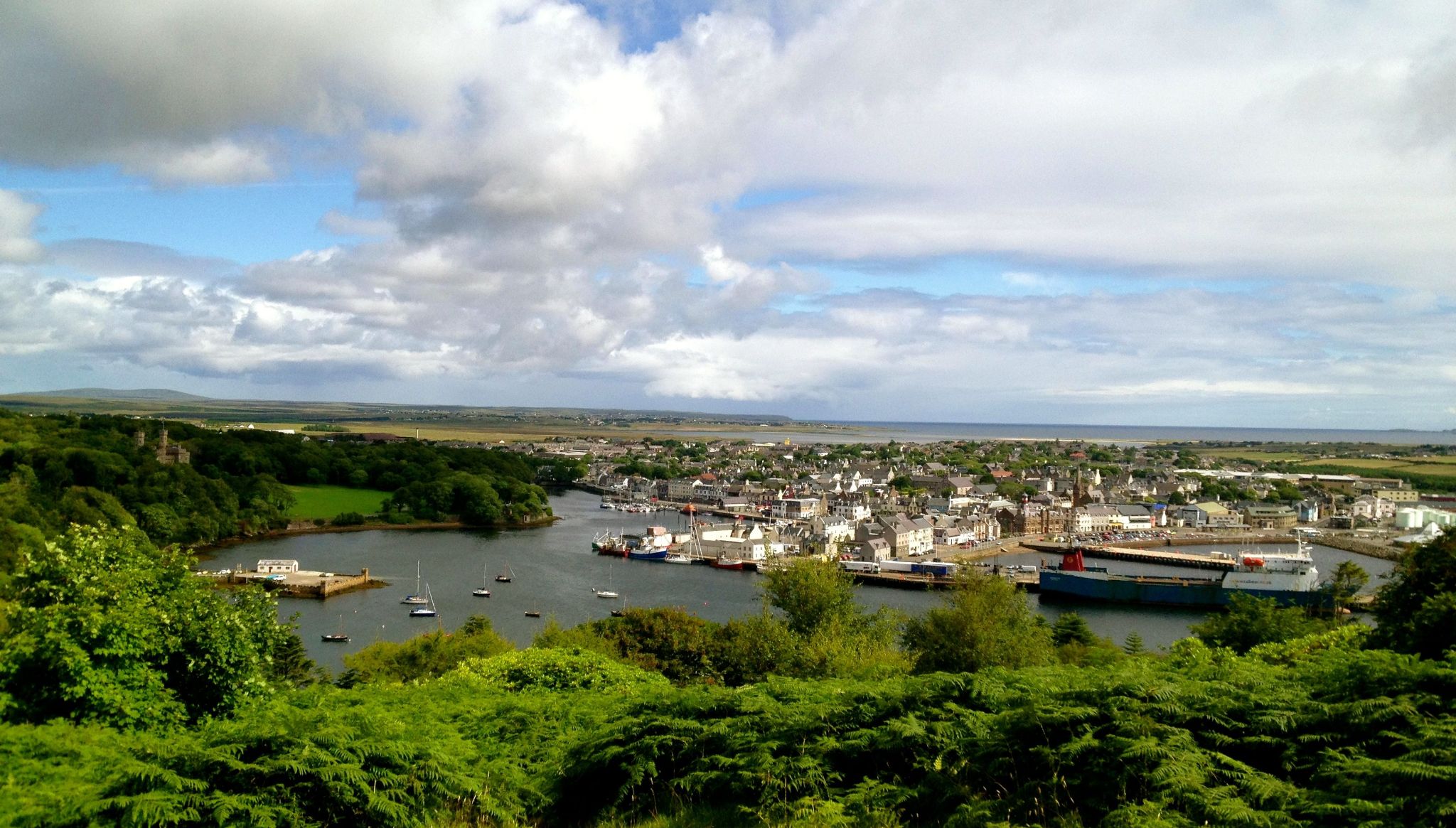 Dzień 5: 07:00-15:00
Dzień 5: 07:00-15:00Stornoway / Wielka Brytania
Stornoway to główne miasto i port wyspy Lewis, wchodzącej w skład Zewnętrznych Hebrydów w Szkocji, będące ważnym centrum kulturowym i gospodarczym regionu. Miasto, liczące około 5 tysięcy mieszkańców, zachowuje urok tradycyjnego życia gaelickiego, łącząc go z nowoczesnymi udogodnieniami. Stornoway słynie z portu rybackiego, który jest jednym z największych w Szkocji, a także z produkcji tweedu Harris — unikalnej tkaniny, wytwarzanej ręcznie przez lokalnych rzemieślników.
Turyści przyjeżdżają do Stornoway, aby cieszyć się spokojną atmosferą, malowniczymi widokami na Ocean Atlantycki i zwiedzać zabytki historyczne, takie jak zamek Lews — wiktoriańską budowlę otoczoną pięknym parkiem. Miasto stanowi także doskonałą bazę wypadową do odkrywania naturalnych piękności wyspy, w tym kamiennych kręgów Calanais, starożytnych monumentów i piaszczystych plaż. Stornoway to idealne miejsce dla tych, którzy szukają spokojnego wypoczynku, interesują się historią celtycką i chcą poczuć autentyczne życie szkockiej prowincji.
-
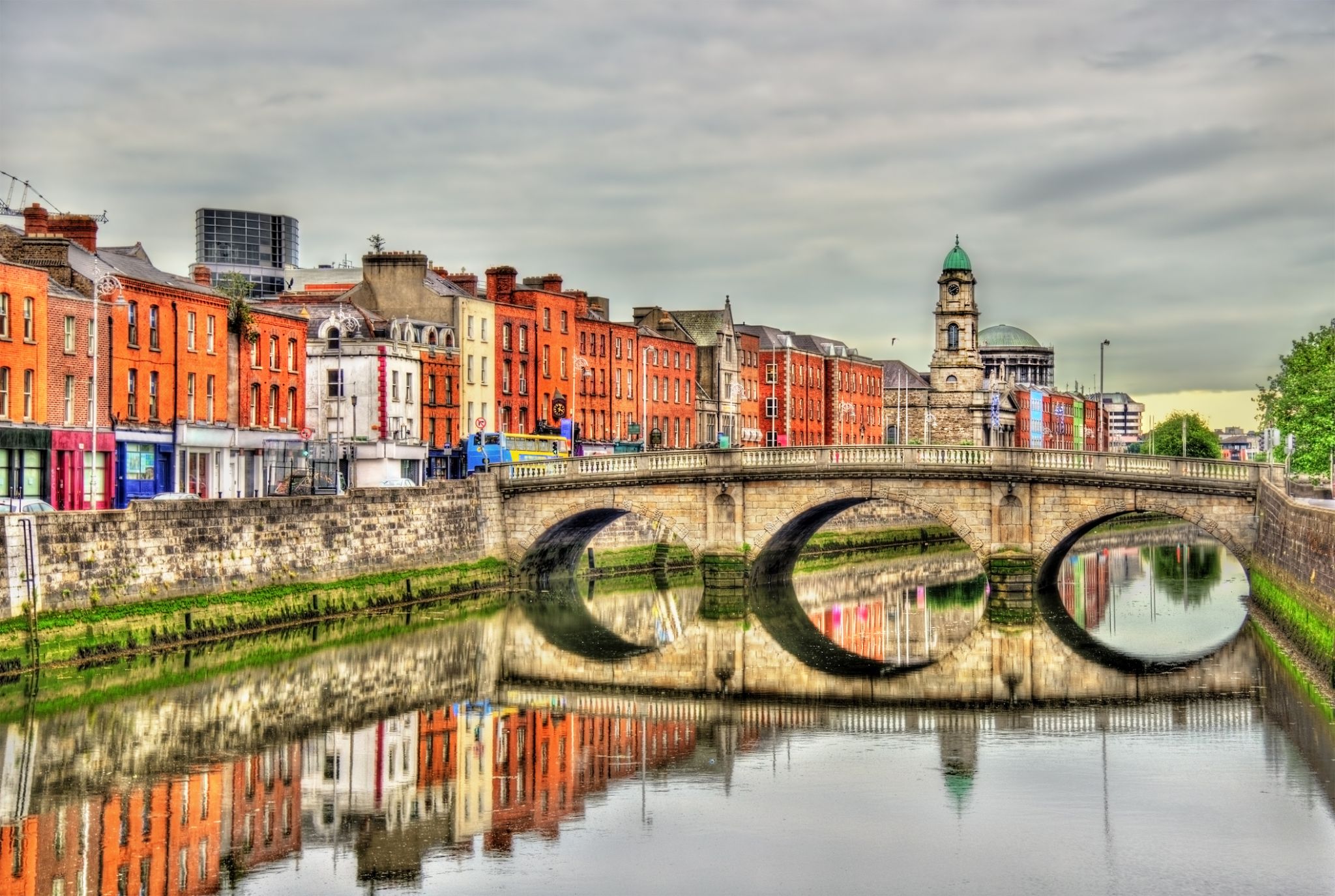 Dzień 6: 10:00-20:00
Dzień 6: 10:00-20:00Dublin / Irlandia
Dublin is the capital of, and largest city in, Ireland. It is on the east coast of Ireland, in the province of Leinster, at the mouth of the River Liffey, and is bordered on the south by the Wicklow mountains. It has an urban area population of 1,173,179, while the population of the Dublin Region (formerly County Dublin), as of 2016, was 1,347,359, and the population of the Greater Dublin area was 1,904,806.
There is archaeological debate regarding precisely where Dublin was established by Celtic-speaking people in the 7th century AD. Later expanded as a Viking settlement, the Kingdom of Dublin, the city became Ireland's principal settlement following the Norman invasion. The city expanded rapidly from the 17th century and was briefly the second largest city in the British Empire before the Acts of Union in 1800. Following the partition of Ireland in 1922, Dublin became the capital of the Irish Free State, later renamed Ireland.
Dublin is a historical and contemporary centre for education, the arts, administration and industry. As of 2018 the city was listed by the Globalization and World Cities Research Network (GaWC) as a global city, with a ranking of "Alpha -", which places it amongst the top thirty cities in the world.
-
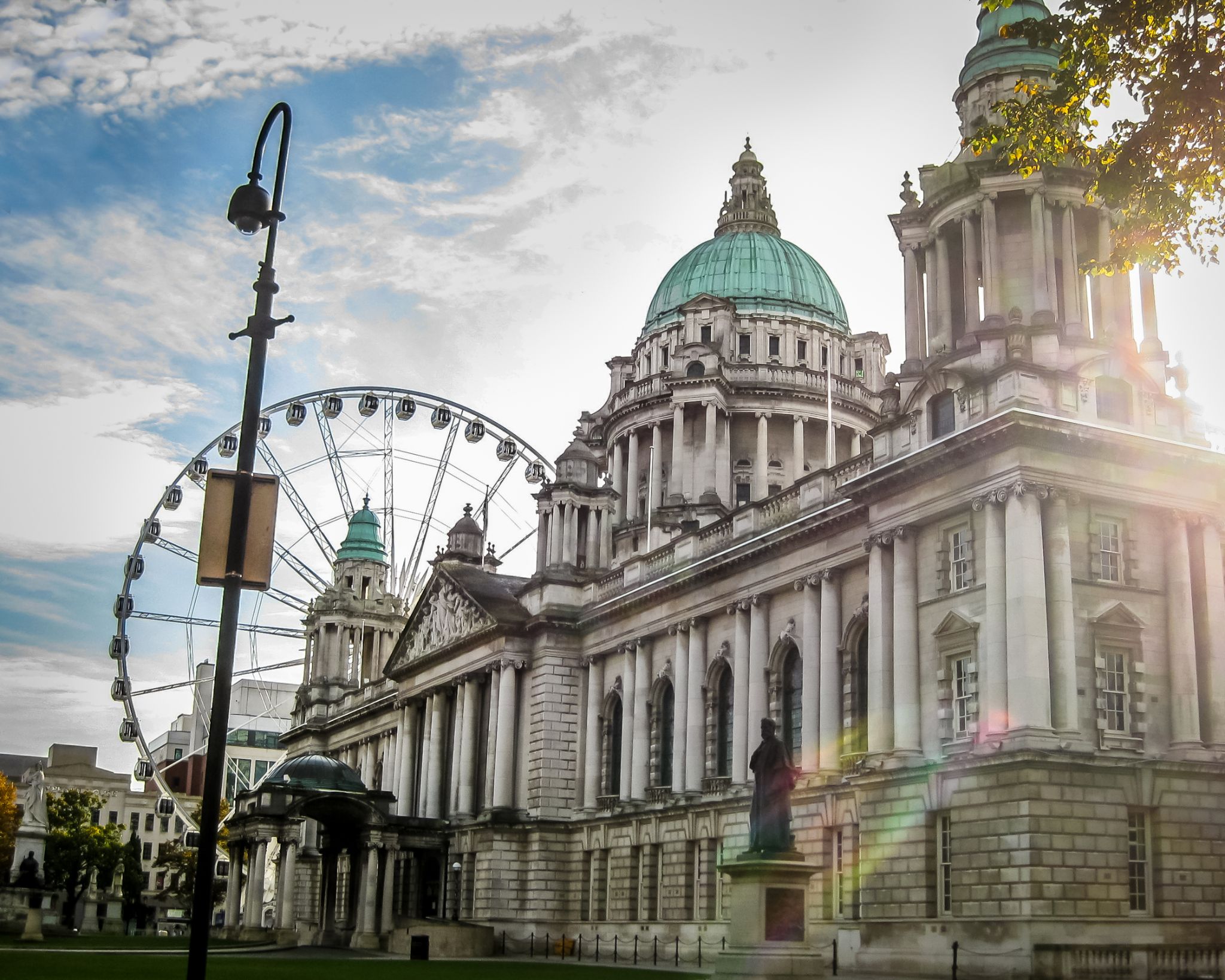 Dzień 7: 06:15-20:00
Dzień 7: 06:15-20:00Belfast / Wielka Brytania
Belfast is a port city in the United Kingdom and the capital city of Northern Ireland, on the banks of the River Lagan on the east coast of Ireland. It is the largest city in Northern Ireland and second largest on the island of Ireland. It had a population of 333,871 in 2015.
By the early 1800s Belfast was a major port. It played a key role in the Industrial Revolution, becoming the biggest linen producer in the world, earning it the nickname "Linenopolis". By the time it was granted city status in 1888, it was a major centre of Irish linen production, tobacco-processing and rope-making. Shipbuilding was also a key industry; the Harland and Wolff shipyard, where the RMS Titanic was built, was the world's biggest shipyard. It also has a major aerospace and missiles industry. Industrialisation and the inward migration it brought made Belfast Ireland's biggest city and it became the capital of Northern Ireland following the Partition of Ireland in 1922. Its status as a global industrial centre ended in the decades after the Second World War.
Belfast suffered greatly in the Troubles, and in the 1970s and 1980s was one of the world's most dangerous cities. However, the city is now considered to be one of the safest within the United Kingdom. Throughout the 21st century, the city has seen a sustained period of calm, free from the intense political violence of former years and has benefitted from substantial economic and commercial growth. Belfast remains a centre for industry, as well as the arts, higher education, business, and law, and is the economic engine of Northern Ireland. Belfast is still a major port, with commercial and industrial docks dominating the Belfast Lough shoreline, including the Harland and Wolff shipyard. It is served by two airports: George Best Belfast City Airport, and Belfast International Airport 15 miles (24 km) west of the city. It is listed by the Globalization and World Cities Research Network (GaWC) as a Gamma global city.
-
 Dzień 8: 07:00-17:00
Dzień 8: 07:00-17:00Liverpool
-
 Dzień 9: 09:00-17:00
Dzień 9: 09:00-17:00Cork / Irlandia
Cork is a city in south-west Ireland, in the province of Munster, which had a population of 125,657 in 2016.
The city is on the River Lee which splits into two channels at the western end and divides the city centre into islands. They reconverge at the eastern end where the quays and docks along the river banks lead outwards towards Lough Mahon and Cork Harbour, one of the largest natural harbours in the world.
Expanded by Viking invaders around 915, the city's charter was granted by Prince John, as Lord of Ireland, in 1185. Cork city was once fully walled, and the remnants of the old medieval town centre can be found around South and North Main streets.
The third largest city on the island of Ireland, the city's cognomen of "the rebel city" originates in its support for the Yorkist cause in the Wars of the Roses. Corkonians often refer to the city as "the real capital", a reference to its opposition to the Anglo-Irish Treaty in the Irish Civil War.
-
 Dzień 10: 09:00-19:00
Dzień 10: 09:00-19:00Torbay
-
 Dzień 11: 07:00-18:00
Dzień 11: 07:00-18:00Londyn / Wielka Brytania
